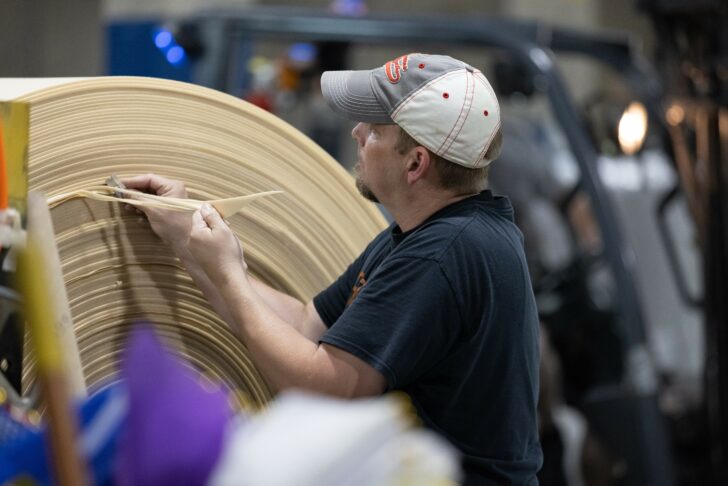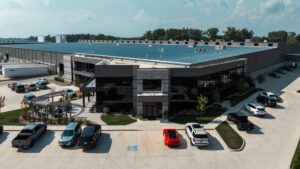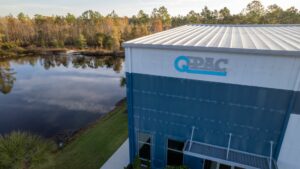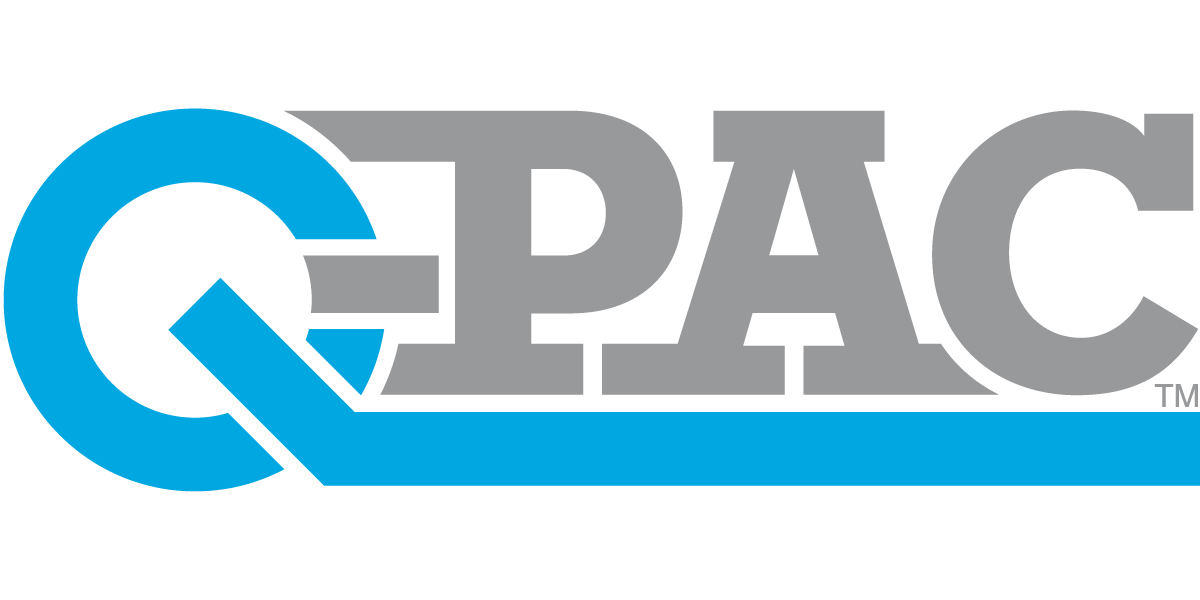American Foam & Fabric, now AFF|group, is an industry leader in aftermarket textiles, including products for the automotive, marine, retail and hospitality industries. The 29-year old company makes aftermarket products used to repair or refurbish trucks and cars, such as a new ceiling headliner. AFF|group also distributes high-quality leather goods, fabric, foam and vinyl serving the hospitality and marine industries.
The company sells its products to regional and local distributors shipping its soft, light and often bulky products nationally through its own fleet of trucks as well as a number of LTL carriers. It purchases product domestically and internationally, bringing in several hundred containers and trucks per year.
AFF grew steadily in sales under its retiring founder, who did a great job of building the company primarily on hard work and intuition. Prior to the sale, AFF|group’s growth had stagnated because of its centralized decision making, a lack of information, and a lack of formal systems and procedures.
New management, led by Ben Leinster, CEO and Mark Smith, CFO, saw tremendous potential in the established business. Having run several companies the size of AFF|group previously, the new team knew putting new systems into place, creating formal procedures and changing the company culture could allow them to double revenues without adding significantly more people.
First, the company needed to find a better financial system. The company used an outdated version of Sage for accounting, customer service, billing and order entry. “There was no inventory module, no manufacturing MRP or creation of jobs in the system,” Smith says. “All products were expensed at the time of purchase. Inventory was estimated at year end, and the company used spreadsheets to try to keep track of high-turnover items.”
As a result, all financials were inaccurate, inventory control was non-existent, and production was a build-to-order system where someone chased down materials to get a product made and then it shipped out the door.
“There was an awful lot of what I call scrambling,” Smith says. “Just grabbing things off the shelf and keep going.”
One of the first tasks was to learn what AFF|group actually had in inventory so they could make better use of the stock on hand. As an example, employees pulled product off the shelf with no process to make sure inventory from 2017 was pulled before that of 2019. New management knew a barcode system would also help better track inventory, but also understood they needed a better financial system for the data to flow into.
One of the early decisions was to move AFF|group’s headquarters into its 440,000 square-foot production facility and begin instituting formal processes and systems that the company lacked. Doing so meant creating a new culture, one driven by process, automation and information. It wasn’t easy. Employees, many of them tenured, were used to doing things their own way, and many were not familiar with barcode scanners or formal warehouse systems.








